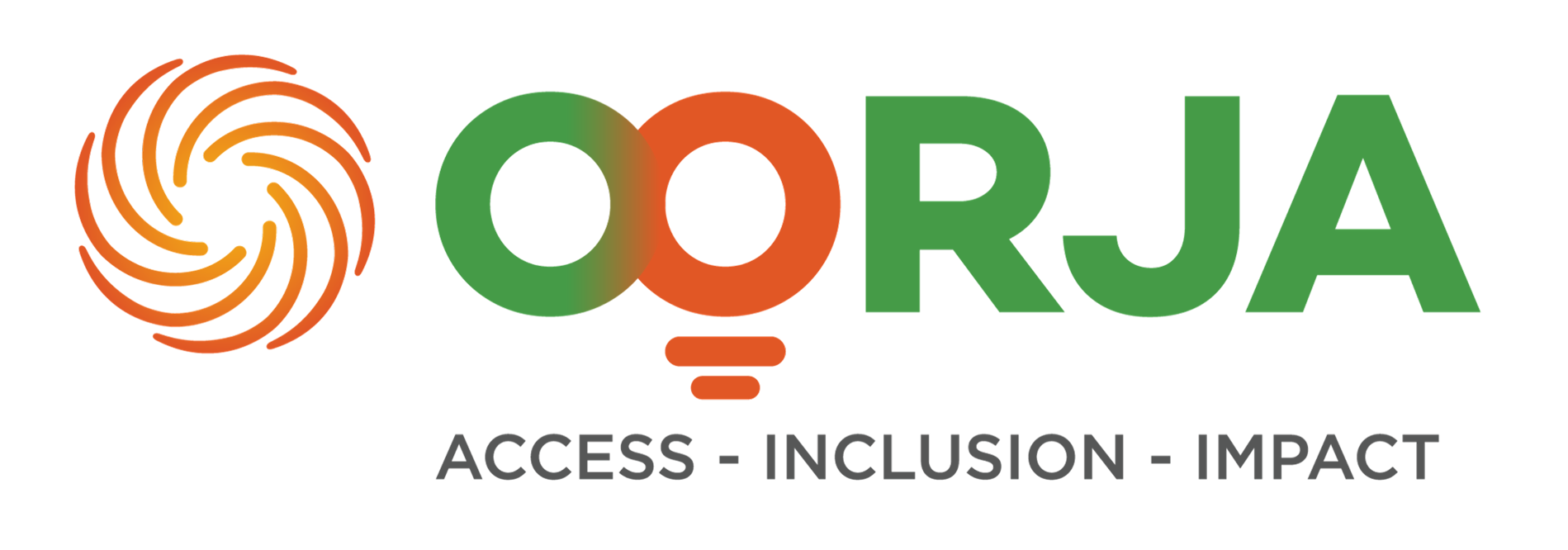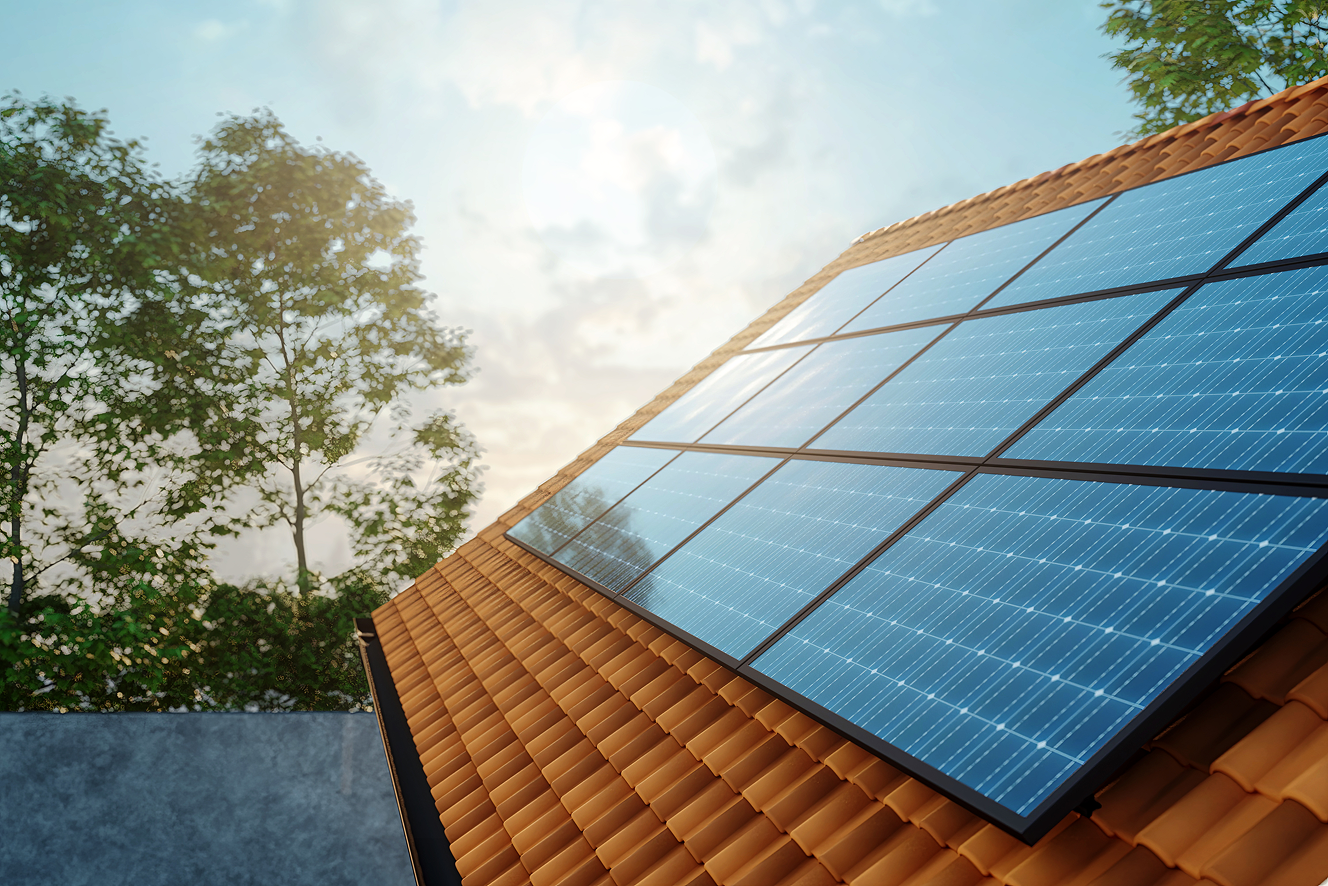
Extreme heat waves in 2022 have besieged nearly the entire northern hemisphere and impacted crop growth in 9 states of India. The abnormal increase in temperature during March and April has impacted the growth of crops and many farmers have suffered crop loss.
By Mahasweta Chakraborty, Project Officer at Oorja
A Central Research Institute for Agriculture report for 2022 mentioned that the year 2022 will be remembered as a classic example of high temperature and low rainfall on agricultural production systems, especially in northern and central India. In spite of July being the monsoon season of India, Uttar Pradesh reported the highest rainfall deficit of 54 per cent from the beginning of the monsoon till July 25. The erratic rainfall compiled with soaring diesel prices have reeled heavy on farmers of Uttar Pradesh who depend on diesel pumps to irrigate their crops. As temperatures are rising, the yield of cash crops are expected to decline in South Asia. Studies have reported that 2.5-4.9 degrees celsius increase in temperature could lead to a decrease of crop yield, 41%-52% in wheat and 32-40% in rice. Affordable and reliable irrigation systems could substantially reduce the exposure to heat waves and highlight the need to account for irrigation in future climate projections.

Oorja provides affordable and reliable solar irrigation services in Uttar Pradesh
Oorja’s irrigation-as-a-service “Oonnati” has been critical in providing affordable and reliable irrigation water to farmers during “severe arid conditions”. The utilization of solar pumps (days in a month) rose up to 52% in July 2022 as compared to 34% in July 2021.

Comparison of average Utilization rate (% of days in a month) of Oorja’s solar pumps in July 2021 and 2022.
July is an important season for farmers to irrigate water-intensive crops like rice, banana and vegetables. Paddy farmers in Uttar Pradesh wait for good rain in July to transplant their seedlings. The lack of rain this year could impact the kharif crop production, resulting in the scarcity of food and water. Some of the reports by DownToEarth show the severity of the situation in districts where farmers have suffered a huge loss as their crop started wilting after waiting a long time for rainfall and irrigation. The average output per day from Oorja’s solar pumps increased to 154 m3 in July 2022 compared to 110 m3 in July 2021. This is the highest-ever average output from Oorja’s solar pumps in a month and has resulted in high water sales for irrigation in July 2022.

Comparison of average water output (m3) per day from Oonnati solar pump in July 2021 and July 2022.
The high demand of water in July is a testament towards Oorja’s effort to fight climate change and help farmers mitigate the potential negative effects of global warming and erratic rainfall. Out of 196 districts of India impacted by dryness and aridity, 65 of them are in Uttar Pradesh. Currently Oorja is providing its farmer services in 4 districts of Uttar Pradesh - Bahraich, Shravasti, Barabanki and Lucknow.

Oorja’s irrigation and advisory services have helped farmers to irrigate their paddy fields using System of Rice Intensification (SRI) technique in Bahraich
Photo Credits: Abhishek Pandey, Ashish Yadav


